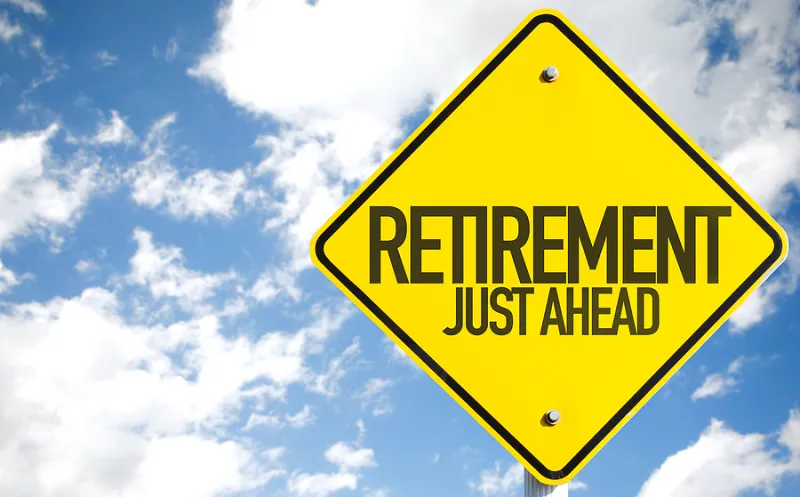Navigating retirement as a realtor: How to estimate your income and minimize your worry

The thought of retirement is daunting. As a realtor, even more so because your pay is sporadic. You have no formal work-funded pension plan and may often wonder, “When can I quit?” Ultimately, the goal is to work because you want to, not because you have to.
Each person’s retirement income is a unique puzzle. We have OAS, CPP, RRSPs, TFSAs and rental income. We or a spouse may have a work-related pension. To make it even more complicated, each income source has its own rules for when it starts and how it’s taxed. Taking time to gain and understand the information will help you get the most possible while minimizing or even eliminating worry — so don’t rush the process.
Here’s a typical example: A couple eligible for maximum Canada Pension Plan (CPP) and Old Age Security (OAS) at age 65 would be collecting $48,800 per annum, or a bit over $4,000 per month. My experience is that basic living — if your stuff is paid for — costs about this much. The fun is extra. Over 25 years, $48,800 per year is $1,220,004. So, I suggest that you start early and tread carefully.
How to estimate your retirement income
Retirement is about income, not net worth, and yours will likely be a mix of the following sources. Making a back-of-the-envelope list with estimates is a simple exercise:1. Old age security (OAS)
Current base OAS pension is $8,560 per year/person. You may commence it as early as age 65. The pension increases each month that you defer, but deferring means fewer payments, and usually, longevity favours deferral. If you’ve lived in Canada as an adult for fewer than 40 years, by age 65, your pension will likely be reduced.If your income is higher than about $91,000 for 2024, this pension will be reduced or “clawed back”. When income hits about $148,000, the pension is completely gone. (There are too many details to cover in this article, so if this scenario applies to you, please seek professional advice.)
2. Canada Pension Plan (CPP)
The 2024 maximum CPP amount is $15,840 per year. Age 65 is normal, but you can start early or late. Starting early comes with a penalty and late yields an increase, but again, you have to live long enough to make up for the missed payments. Check with Service Canada on your CPP statement for an accurate pension estimate.If you take dividends from your personal real estate corporation (PREC), you are not paying into CPP. This reduces annual costs to your corporation, but it also means you will receive less pension.
There’s considerable discussion in the media about what age is best to draw CPP and OAS. A key issue that I rarely see considered is the survivor benefit. If a person dies, how much of his or her pension does the surviving spouse continue to receive?
Preserve capital or die broke?
With respect to the income-generating assets listed below, you have the option to spend only the income they generate and preserve the capital or spend it all and try your best to die broke. Here, we invoke the golden rule: “The one with the gold makes the rules.”The estimates below are merely that. Fees, timing, asset quality, tax rates, inflation, longevity and other factors will affect outcomes.
3. Registered retirement savings plans (RRSPs)
How much income can they sustain? The math says about $1 for every $22 in the account, for 25 years. So, if you have half a million dollars at age 65, you can draw about $23,000 a year from it.4. Tax-free savings accounts (TFSAs)
It’s the same idea for TFSAs — for every hundred thousand dollars, you can spend about $4,000 to $6,000 per year.5. Personal real estate corporation (PREC)
Many of you have significant money in your corporation. What happens at retirement? You can spend the income it generates, or the income and retained earnings, eventually winding it up.A PREC is expensive to maintain but the tax implications may suggest keeping it indefinitely. Each situation is different. I usually suggest that companies with under $1 million or so of assets slowly get wound up in a tax-efficient manner. However, you may wish to keep it for non-tax reasons. Winding up a large company early is just prepaying tax — not wise. You’re best off to get advice from a tax professional.
6. Rental properties
How much income do rentals generate after expenses? Hint: look at line 12,600 on your personal tax return. If your PREC or holding company owns the property, see the “S7 Rental” page (mine is page 47).7. Cash savings
Maybe you have savings outside of the accounts listed above. In this case, you can spend the income they generate or the income plus principal. How much is the income? Could you redesign your portfolio to generate more? I like income because it’s predictable. Just remember that income types are taxed differently — make sure yours is the good kind.Now that you’ve listed out all of your income sources, estimate your numbers and tally it up. Then, estimate your expenses. How do they compare? Are there ways you can reduce costs without reducing your lifestyle? (Hint: think insurance).
Retirement planning is a process, not something you solve in one meeting or discussion. If you tend to avoid this subject, bribe yourself with a treat for getting started. As you learn, your comfort level will evolve. Start early and make the most of your options, and soon you will work because you want to, not because you have to.
(C) 2024 Real Estate Magazine
